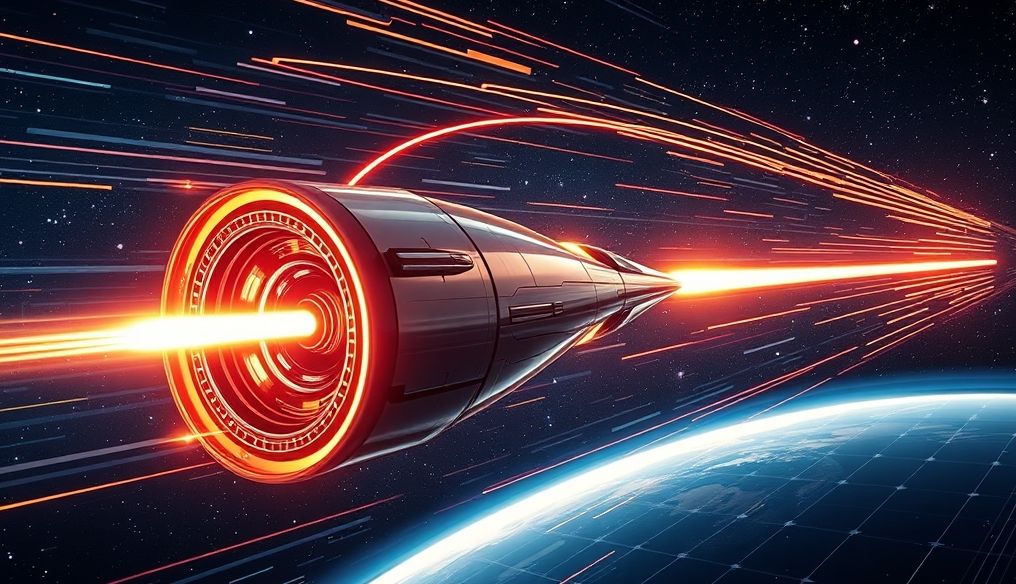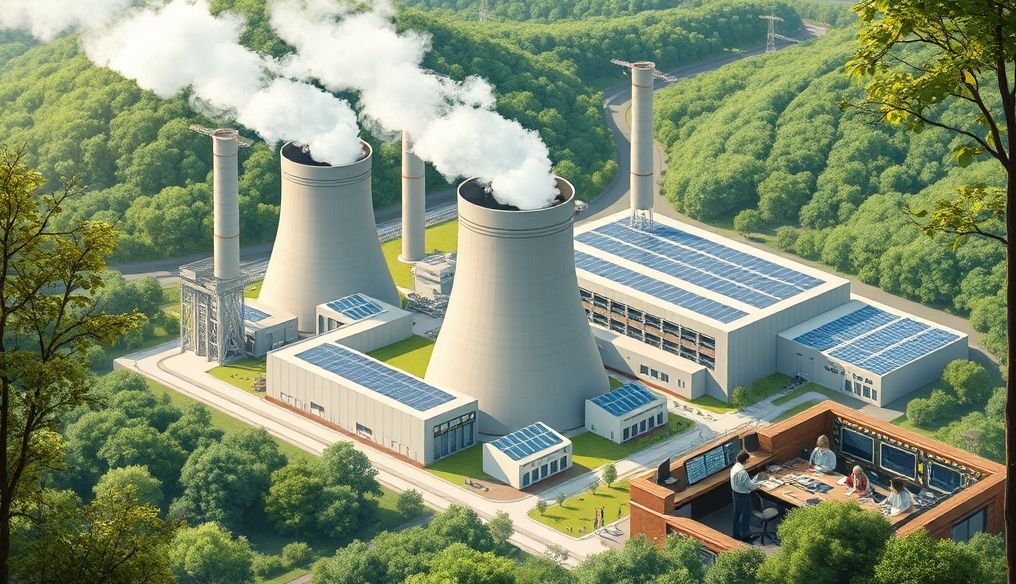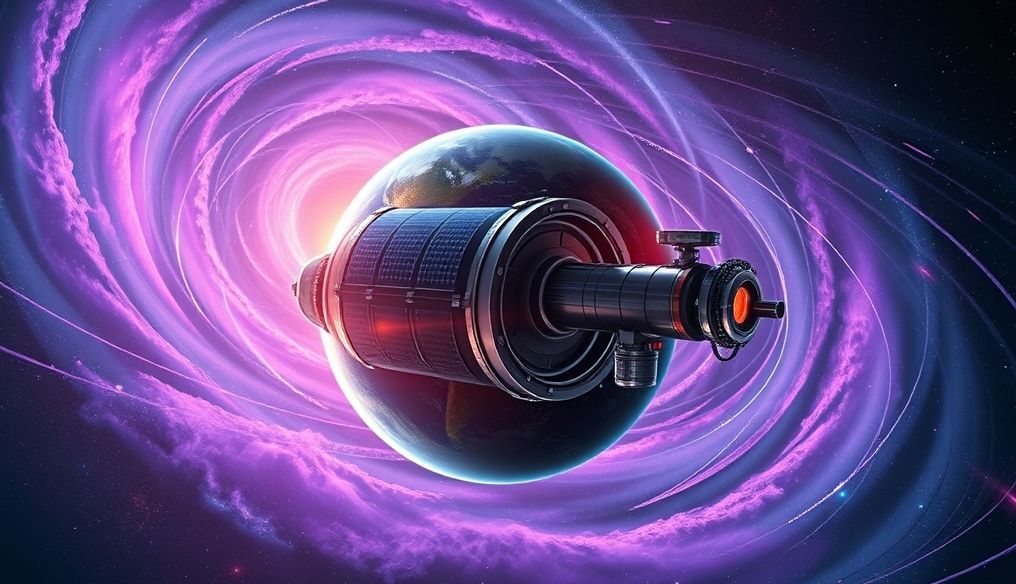Is Faster-Than-Light Travel Scientifically Possible, and What Challenges Do We Face?
Faster-than-light (FTL) travel has been a long-standing dream of humanity, inspiring countless science fiction stories and films. But is this dream achievable in reality? To answer this question, we must delve into the laws of physics and explore the immense engineering challenges that confront us.
1. Einstein's Special Relativity: The Cosmic Speed Limit
Albert Einstein's theory of special relativity is a cornerstone of our understanding of speed, time, and energy. This theory states that the speed of light in a vacuum (approximately 299,792,458 meters per second) is the maximum speed that any object with mass can reach. As an object approaches the speed of light, its mass increases dramatically, requiring an immense amount of energy to accelerate it further.
Implications:
- Mass Increase: The faster an object moves, the greater its mass becomes. Approaching the speed of light, the mass approaches infinity, requiring infinite energy to accelerate.
- Time Dilation: For a stationary observer, time appears to slow down for an object moving at high speed. At the speed of light, time theoretically stops for the moving object.
- Length Contraction: In the direction of motion, the length of an object moving at high speed contracts relative to a stationary observer.
2. The Energy Required to Accelerate to the Speed of Light
To accelerate an object with mass to the speed of light, we need an infinite amount of energy. This immense amount of energy far exceeds our current capabilities. Imagine trying to accelerate a spacecraft the size of a small car to the speed of light. You would need energy equivalent to the energy produced by the Sun in one second!
Example:
To calculate the energy required to accelerate an object with a mass of 1 kilogram to 99% of the speed of light, we would need approximately 6.3 * 10^16 joules. This energy is equivalent to the energy released by detonating 15 kilotons of TNT.
3. Theoretical Solutions: Wormholes and Alcubierre Drive
Despite the limitations imposed by special relativity, there are some theoretical solutions that may allow us to circumvent these restrictions, such as wormholes and Alcubierre drives.
Wormholes:
Wormholes are hypothetical tunnels that connect two distant points in spacetime. If they exist, they could allow us to travel between stars at speeds exceeding the speed of light. However, the existence of wormholes has not yet been proven, and even if they exist, it is unclear how we could keep them open and safe for passage.
Alcubierre Drive:
This theoretical concept proposes warping spacetime around a spacecraft, allowing it to move faster than light without violating the laws of physics. However, this concept requires vast amounts of exotic matter with negative mass, a substance that has not yet been discovered.
4. Engineering and Material Challenges
Even if we could find a sufficient energy source or discover a way to circumvent the speed of light limit, we would face many engineering and material challenges, such as:
- Building a spacecraft capable of withstanding immense speeds: The spacecraft must be able to withstand the immense forces of acceleration and deceleration, as well as cosmic radiation and high-energy particles.
- Protection from collisions: Even a small collision with a particle the size of a grain of sand can be catastrophic at speeds close to the speed of light.
- Overcoming the problem of time: When traveling at speeds close to the speed of light, there will be a significant time dilation between the travelers on the spacecraft and people on Earth.
5. Biological Effects on Humans
Traveling at speeds close to the speed of light will significantly affect the human body. Immense acceleration forces, cosmic radiation, and the effects of time dilation can lead to serious health problems, such as:
- Damage to internal organs: Immense acceleration forces can cause damage to internal organs and rupture blood vessels.
- Radiation poisoning: Prolonged exposure to cosmic radiation can increase the risk of cancer and other diseases.
- Psychological disorders: Isolation, loneliness, and the effects of time dilation can lead to psychological disorders.
6. Ethical and Philosophical Considerations
Even if we could overcome the scientific and engineering challenges, faster-than-light travel would raise many ethical and philosophical considerations, such as:
- Who will be able to travel at the speed of light? Will this privilege be available only to the rich and powerful?
- What are our responsibilities towards other planets that we may discover? Do we have the right to colonize them and exploit their resources?
- What are the implications of meeting other civilizations? Will this encounter be beneficial or harmful to humanity?
7. Current and Future Scientific Research
Despite the immense challenges, scientists and engineers continue to explore the possibility of faster-than-light travel. Research is being conducted in areas such as:
- Exotic Matter: Searching for matter with negative mass that can be used to warp spacetime.
- Nuclear Propulsion: Developing more efficient nuclear engines that can provide the energy needed to accelerate to high speeds.
- Radiation Shielding: Developing new materials and technologies that can protect travelers from cosmic radiation.
8. Conclusion: A Distant Dream, But Not Impossible
Currently, faster-than-light travel seems like a distant dream. However, the history of science is full of examples of ideas that were considered impossible in the past but eventually became reality. With continued scientific and technological progress, we may one day find a way to overcome the challenges we face and realize this ancient dream.
Note: This article is based on current scientific knowledge. This knowledge may change with future scientific discoveries.




